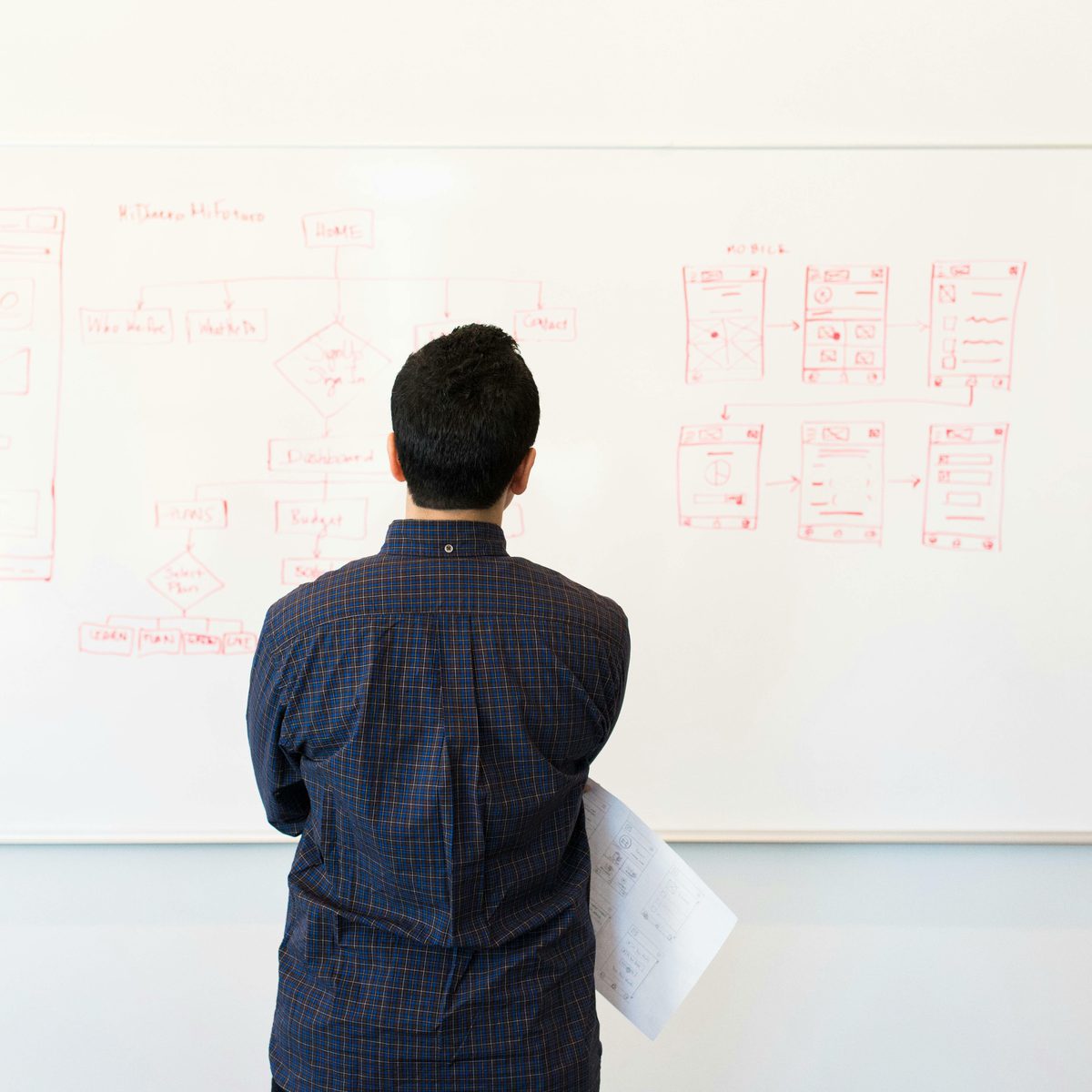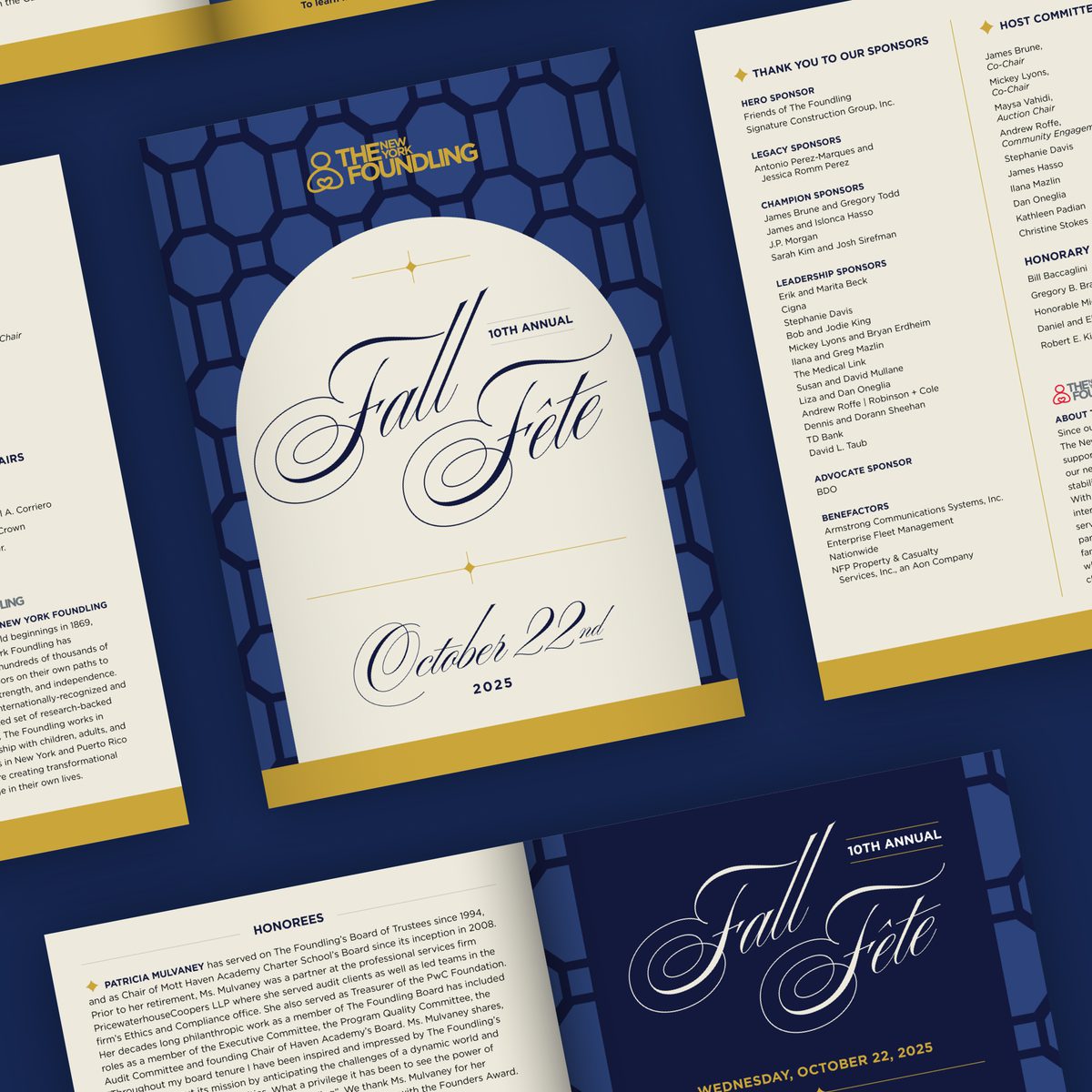- Expand Your Marketing and Outreach

- Tips for Your Team
10 qualities of a modern website to consider in your next RFP, RFI, or website partner interview
If you have checked your current website and feel it’s time for a new one, you are ready to plan for your site’s future. What will your new website need? You have your wish list of improvements, but you want to make sure your next site revision delivers value for some time.
When putting together your RFP, RFI, or preparing to interview a new website partner, consider these 10 requirements. These are the qualities of a modern website.
1. Polished and thoughtful design
Your website design should showcase your brand as modern. A great look will boost your team’s confidence and build trust in supporters. It should reflect the quality work you do.
In addition, a website can be built to help make it easier for your content authors to stay on brand visually.
Ask your partner to walk through a recent design of theirs. Get to know how they make design decisions and address key details. Ask how their website builds help content authors stay on brand visually.
2. A Responsive web design that delivers a great experience regardless of device size
Everyone who visits your site deserves access to the same content and a good experience browsing it. It should not matter what device they are using.
Navigation, layouts, and order of content may adjust, but the content and experience are the same. This is what responsive web design is all about.
Responsive designs are built with thoughtful code and modern web browser technology.
Make sure to specify the need for responsive design to your potential partner and ask for examples of their responsive work.
3. A website for your audience(s), not you
Your website visitors and their needs should drive your website design, navigation, and content. What are they looking for? What do they need? Are they looking for your services? Do they need to assess your work as they consider becoming a partner?
Prepare your site to serve your key audiences’ motivation. Write for the people coming to your site. Help them get to know you and find what you may offer to address their needs. Organized your content in a way that helps your audience address their need.
Different pages on your site may have different audiences they are for. This is okay. Consider the audience on a page-by-page basis.
Talk about content strategy and audience understanding with your potential website partners.
4. An accessible site that is inclusive for all website visitors
A modern website should be accessible to all visitors, including those with disabilities. Consider these scenarios:
- A blind visitor may use a screen reader to experience your website. Your site needs to support navigation with a keyboard. This includes your navigation, forms, and modals. Images need thoughtful descriptions with alt text.
- Someone with a hand tremor will need to navigate your site using keyboard commands instead of a mouse.
- A wheelchair user has a tablet that can’t be rotated. Details like making sure your registration form displays correctly on their screen are important.
It’s critical for a website to address appropriate accessibility guidelines. This is addressed in part by how your website is built and coded. It also is a responsiblity of content authors as they need to understand how to use best practices of accessibility in content added to the site.
For your content authors, check out our tips for website content authors on creating accessible content.
Talk to your potential website partner about how they help with accessibility.
5. A website should use SSL for basic security
Secure sockets layer (SSL) means all the data that passes from a visitor’s web browser to your server is encrypted. If you’re accepting donations or payments, then those payment pages are secured so that they can process credit cards. But what about the other pages on your site?
Look at your current site. If it is secure, the address bar shows https and likely you see a 🔒 symbol alongside. If insecure, the address bar shows http:// and likely a warning. Google wants to be sure that it’s delivering quality search results. Having correct security protocols is a factor in how high your site displays in search rankings.
SSL is a manditory addition to your website's hosting that is easy to address.
6. A website should be fast
Google cares about how fast your website loads. A site needs to load quickly on phones, tablets, and desktop devices to help ensure a great user experience.
Most dynamic websites run a lot of code every time a page is loaded. It gets the content from a database and processes any and all plugins that might offer functionality on the page. A lean and thoughtfully coded website can make a notable difference in page speed. How your website images are optimized, keeping size low and using modern image formats, also makes a big difference.
Check out our article about Google’s Lighthouse tool to help assess how they see the performance of your current website.
Having engagement experiences that are quick reduce friction. Fast and frictionless form experiences (search, donations, ...) are a must for your visitors and supporters.
Ask potential partners about their strategies for optimizing website speed.
7. A strong search engine optimization (SEO) foundation helps your site’s content get found
Ideally, you'd like your website to show up when people are searching on Google and Bing for topics related to your work. Optimizing for search or SEO has many layers and details to it. Modern SEO is about good content. Delivering your content in a way that helps search engines get to know your content well matters. The latter is often referred to as technical SEO.
A well-constructed website with SEO in mind considers the following and more:
- A content (data) model that helps you prepare page titles and descriptions well that may show up in search results.
- Helps support authors use of headers to convey a content outline in their pages/posts.
- Sets some automated defaults for your pages’ metadata used by search engines and allows you to override those defaults on a per-page basis.
- Delivers a sitemap.xml which can be submitted to both Google and Bing’s “webmaster”/search tools.
Ask about your website partners' SEO skills and approach.
8. Low carbon footprint
Websites consume energy with every visit, contributing to their overall carbon footprint. As digital sustainability becomes a growing concern, more organizations are recognizing the importance of minimizing this impact. To align with this trend, adopt green web hosting, optimize code efficiency, and selectively use imagery and video.
We anticipate that reducing a website’s carbon footprint will soon be a standard expectation for many funding sources. By prioritizing eco-friendly practices in web development, you not only support environmental goals but also enhance the overall efficiency and user experience of your site.
Consider questions to your website partner about sustainability and website carbon footprint reduction.
9. Integrated and modern donor experience
A modern nonprofit website must offer a seamless donation experience. It’s essential to have clear calls to action, simplified forms, and multiple payment options to make donating quick and easy. The ideal is to have an integrated donation form designed to reduce friction.
If you don't already have a modern donation platform and are open to new options ask your website partner and/or online fundraising lead for new options to consider.
10. Animation
Animation on modern websites can highlight key content and create a sense of dynamism. Simple animations can draw attention to important information, making it easier for users to engage.
Through subtle movements, websites feel more interactive and lively, enhancing the overall user experience without overwhelming the visitor.
Ask potential partners their approach to the use of animation.
Discussion points for a conversation with your website partner
As you move forward with crafting your RFP or preparing for interviews with potential website partners, consider these 10 requirements. They reflect the latest best practices. Use them as topics to help get to know a potential partner's approach website design and creation.
Are you considering a website redesign?
More Articles
- Expand Your Marketing and Outreach
A thoughtful approach to nonprofit event branding
- Expand Your Marketing and Outreach
Expert-backed tips to boost donations through your website
Mightier Newsletter
Join our community of nonprofiteers and the partners that support them. Our monthly newsletter includes resources with small and mighty teams in the social sector in mind – sharing tips to help with content creation, website use, marketing, and more.
SubscribeBrought to you by MOD-Lab
At MOD-Lab, we're the thoughtful design partner for small teams like yours doing big things in the social sector. We create memorable branding, design materials, and websites that showcase the quality of your work and reflect your true impact.


